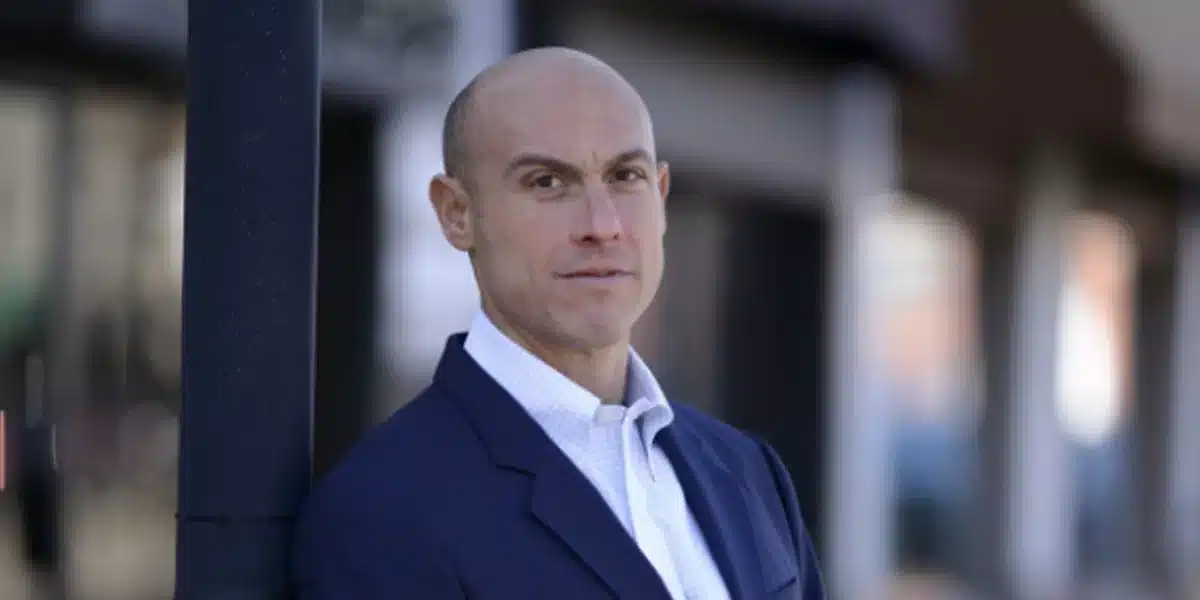EzChatAI: The Future of Logistics is Here
EzChatAI, a subsidiary of the innovative EzTechTonic group founded by “CJ” Sergey Karman, has partnered with industry leader Ezlogz to introduce the first-ever AI-powered ELD (Electronic Logging Device), revolutionizing the logistics industry. This cutting-edge technology offers drivers an intelligent co-pilot on the road, streamlining operations and enhancing safety.
As a trailblazer in artificial intelligence solutions, EzChatAI is committed to empowering truck drivers, fleet managers, and logistics companies with advanced AI capabilities to optimize performance, reduce costs, and navigate the complexities of modern transportation.
In an effort to improve safety, compliance, and efficiency in the trucking industry, Ezlogz and EzChatAI have joined forces to develop a new generation of ELD systems that incorporate AI technology. Combining Ezlogz’s industry experience with EzChatAI’s AI expertise, the collaboration aims to provide truck drivers with an innovative and personalized platform that offers real-time information and tailored recommendations.
Improved safety: By leveraging AI technology, the new generation of ELD systems developed by Ezlogz and EzChatAI can help improve road safety. The AI assistant can provide truck drivers real-time weather and traffic information, helping them make informed decisions about their routes and avoid hazardous conditions.
Increased efficiency: The AI assistant can also help truck drivers optimize their routes and avoid traffic congestion, which can help save time and fuel costs. The ELD system can automatically log drivers’ service hours, reducing the time and effort required for manual data entry.
Customized recommendations: The AI assistant in EzChatAI’s platform can learn from user input and tailor recommendations to individual truck drivers. For example, the assistant can suggest rest breaks based on the driver’s driving habits and provide tips for improving fuel efficiency.
FMCSA compliance: The ELD system developed by Ezlogz and EzChatAI can help ensure compliance with the Federal Motor Carrier Safety Administration (FMCSA) regulations. The system can automatically record drivers’ service hours and provide alerts when drivers are nearing their maximum driving time.
Integration with existing systems: The ELD system can be integrated with existing fleet management and dispatch systems, providing a seamless experience for truck drivers and fleet managers. The system can also provide real-time updates on the location and status of trucks, improving visibility and accountability for all parties involved in the logistics chain.
Designed to understand and respond to user emotions, handle natural language processing, interpret voice commands, identify context, and interact with users via text or voice output, EzChatAI can integrate with other systems and applications, offering reminders and suggesting possible solutions based on user preferences.
The numerous benefits of this AI-enabled ELD platform include answering questions related to Hours of Service, drivers’ logbooks, tips, and other logistics or transportation queries, providing real-time information on weather, traffic, and routes, and enabling drivers to plan their trips accordingly.

Sourced photo
EzChatAI envisions a future where AI-enabled ELDs are the standard for the logistics sector, paving the way for a more connected, intelligent, and sustainable transportation ecosystem. Our partnership with Ezlogz is just the beginning – we are dedicated to continuous innovation, striving to unlock the full potential of AI for the trucking industry and beyond.
Discover the future of logistics today with EzChatAI and Ezlogz, and join us on our mission to revolutionize the trucking landscape through the power of artificial intelligence.












